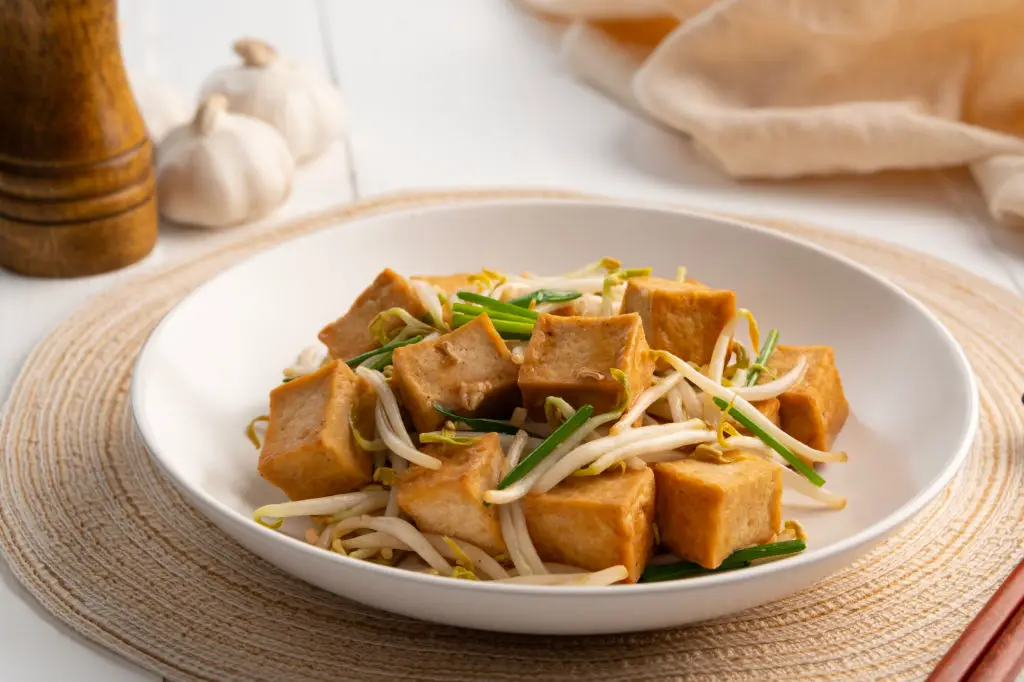The New Rules of Protein: 11 Unexpected Plant-Based Powerhouses for Muscle Mastery
Protein needs change as we get older. Muscles become more sensitive to nutrition and activity, and how we distribute protein across the day matters more than ever. For many people, switching to mostly plant-based foods raises questions: can plants supply the amino acids that support muscle maintenance? The short answer is yes—especially when you know which plant foods to reach for and how to combine them. This article focuses on surprising, practical choices that fit into everyday life while being gentle on digestion and easy to prepare. We'll highlight options that are both protein-rich and senior-friendly, along with simple cooking tips, pairing ideas, and reasons each food can be helpful for muscle upkeep. We won't promise quick fixes. Instead, we'll offer realistic steps you can try at breakfast, lunch, and dinner to deliver steady, reliable protein. If you want exact protein numbers or leucine details, check USDA nutrition labels or ask a registered dietitian; they can provide precise amounts tailored to your health needs and medications. For now, think of this list as a toolkit: small swaps, tasty additions, and texture-friendly approaches that make meeting daily protein goals more achievable. Each choice below includes easy ways to cook, combine, or soften the food so it works for different appetites and chewing abilities. Keep an open mind—some of these might become your new staples for stronger, steadier days.
1. Tempeh: Fermented soy with a firm, satisfying bite

Tempeh is a fermented soy product that often surprises people who expect only tofu from soy. Fermentation breaks down some of the complex components in soy, which can help make tempeh gentler on digestion for some older adults. It has a firm texture and nutty taste, so it holds up well when pan-seared, baked, or added to stews. For people who prefer softer textures, thinly sliced tempeh can be simmered in broth until tender or crumbled and mixed into sauces. Tempeh also soaks up marinades and flavors quickly, which helps if appetite or taste sensitivity has changed. A practical tip is to slice tempeh thin and toss it with colorful roasted vegetables and a grain to make a balanced bowl. Because it's a concentrated plant-protein whole food, tempeh can play the role of a main protein at a meal without a lot of extra preparation. If you use tempeh for the first time, try a simple pan-sear with a splash of soy or tamari and lemon to see how your digestion responds. As always, check ingredients if you have soy sensitivities, and discuss new foods with your care team if you have specific digestive or medication concerns.
2. Tofu: The chameleon of plant proteins

Tofu comes in textures from silken to extra-firm, which makes it one of the most adaptable plant proteins for older adults. Silken tofu blends smoothly into smoothies, puddings, and creamy sauces—great when chewing or swallowing is a concern. Extra-firm tofu can be pressed, marinated, and baked or grilled for a sturdy, meaty component on the plate. Because tofu is mild, it readily absorbs herbs, spices, and sauces, helping meals stay interesting without needing complicated recipes. For easier digestion, try cubing and gently simmering tofu in a flavorful broth or folding crumbled soft tofu into warm soups for added protein with a soft texture. If sodium is a concern, rinse packaged tofu and choose low-sodium marinades. Tofu also pairs well with whole grains and vegetables to create balanced meals that support muscle health. For readers wondering about soy, most evidence supports soy foods as safe for most adults, but anyone with specific medical concerns should talk with a clinician or dietitian. Simple recipes—like a tofu and vegetable stir-fry or a silken tofu smoothie—make it straightforward to add high-quality plant protein across the day.
